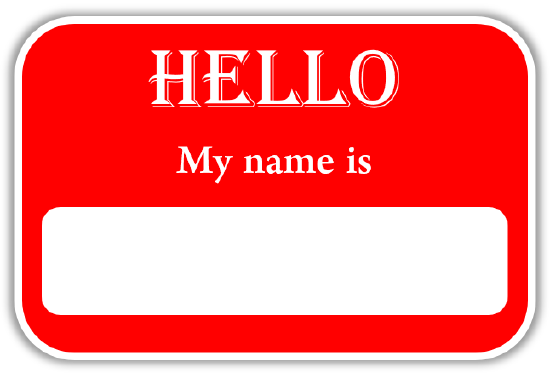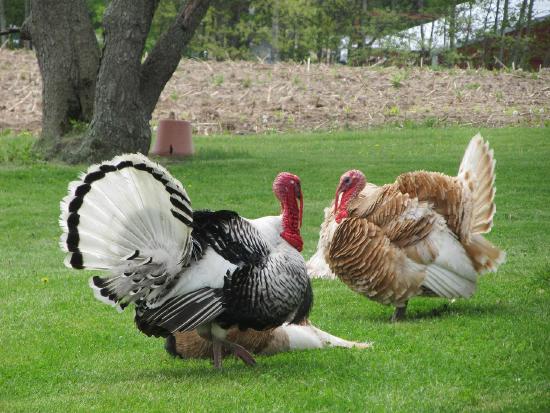A noun is a person, place, object, idea, or event. “The word noun, in fact, comes from nomen, the Latin word for name” (Kolln, 1994, p. 276). Nouns are the first words you learned as a child, and you probably have a really strong sense of what a noun is. After all, how could we possibly talk about anything if we’re unable to give it a name?
So you may be wondering why in the world we have to complicate something as simple as nouns by discussing so many different types of nouns. The answer is that it’s important to learn about the different types of nouns as you work to ensure proper structures and agreements in your sentences.

Proper Nouns
A proper noun refers to a specific person, place, organization, etc. Proper nouns are capitalized because they are specific nouns.
Some examples of proper nouns are Steven, Apple (the company), New York, and the Seattle Seahawks.

Common Nouns
A common noun refers to a general group or class of people, places, objects, etc. One way to identify a common noun is called the “the” test. If you can use the noun with the article the (or another article like a or an) in front of it, the word is likely a common noun.
example
Some examples are the game, the movie, and the ghost.

Of course, it’s important to remember that the “the” test does not work all the time. It’s just a good guideline.
Some exceptions to the “the” test would be with proper nouns (discussed on the previous page) like the Dallas Cowboys and the Boston Red Sox. Even though they would pass the “the” test, they are proper nouns, not common nouns.
Collective Nouns
Nouns can get a little tricky when it comes to a discussion of collective nouns. Collective nouns are nouns such as family, team, and majority. The tricky part comes when we have to make a decision about whether these nouns are singular or plural because we have to choose verbs that will agree with these nouns.
And, now, here’s the really tricky part: There are no hard and fast rules. The verb you choose to agree with the collective noun actually depends upon how you want your readers to perceive the noun. Is it a single unit or a group of individuals? Even then, it depends upon context. Take the collective noun family, for example.
example
The family have all gone their separate ways since Grandma died.
Here, because each member went his or her separate way, you would see the collective noun family as a group of individuals; therefore, you would use a plural verb instead of a singular verb.
But let’s look at another example.
example
The whole family is coming to my house for Thanksgiving this year. I had better learn to cook a turkey.

Here, the family is seen as a single unit, so you would need a singular verb to agree with the collective noun.
In her book, Rhetorical Grammar, Martha Kolln (1991) says “[collective nouns] can be treated as either singular or plural, depending on context and meaning” (p. 47). So, it really does depend on the situation.
You may be wondering how this information is helpful. The key is to think about how you might perceive the collective noun and then, of course, to consider how it’s used in the sentence.
And, after all, there are only about 200 collective nouns in the English language, so you really only have to worry about 200 of these. Okay, that’s a lot. But this is a great example of how, very often, there are no hard and fast rules for grammar.
Verbal Nouns
A verbal noun is a type of noun that is derived from a verb. It looks like a verb but actually functions in a sentence like a noun. Here are some examples:
examples
Running from zombies is hard work.
Jogging is a good exercise that will help you prepare, but you have to do it every day.
We had a meeting to compare our zombie action plans.

Verbal nouns and something called gerunds (a form of a verb or verb phrase that functions as a noun phrase and subject in a sentence) are very similar. In fact, the first two examples above are examples of verbal nouns that are also gerunds. But, a verbal noun can be more than a gerund. In the last example, the word meeting, is functioning like a noun but isn’t a noun phrase that’s the subject of a sentence.
It can certainly get a little confusing, and even the grammar experts disagree sometimes about the differences between verbal nouns and gerunds.
The key thing for you to remember is that, when we are talking about nouns, verbs can sometimes function in your sentences like nouns.
Compound Nouns
A compound noun is a noun made up of two or more words. Sometimes, compound nouns are hyphenated, but there are plenty of examples of compound nouns that are not hyphenated. There are also compound nouns that are written as one word. Here are some examples:
examples
mother-in-law
waste-paper basket
full moon
blackboard

Some compound nouns that used to be hyphenated are no longer hyphenated, and some compound nouns that used to be two words became one word. The “rules” change based upon common usage.
Paper-clip is now just paperclip.
And healthcare is now generally considered just one word, but some people still say it should be two words, health care.
“Rules” of correctness change constantly, and rules related to compound nouns change rather quickly. If you’re in doubt about how to write a compound noun, be sure to check a good online dictionary.








